They Started Teaching During the Pandemic Year. Where Are They Now?
ED Surge
APRIL 23, 2024
years of my career at Weehawken High School, where I taught Algebra I (students in grades seven to nine) and AP Calculus (grades 11-12). I hope in a similar manner, my impact extends beyond [sharpening] mathematical understanding to [supporting students in] how to be productive, kind, discerning humans in our world. For the past 1.5


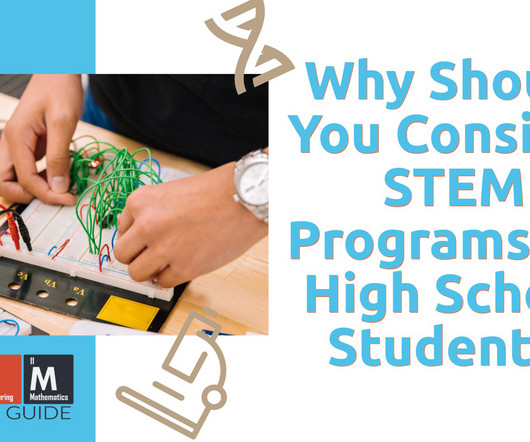
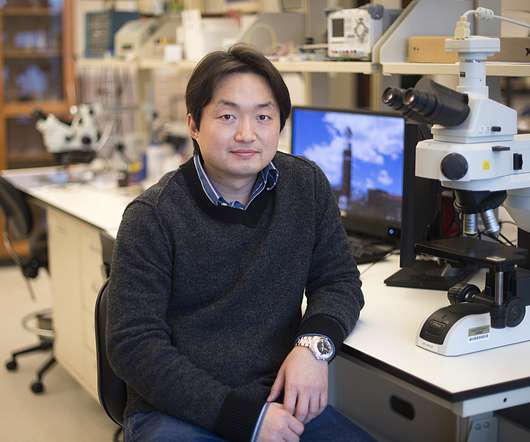

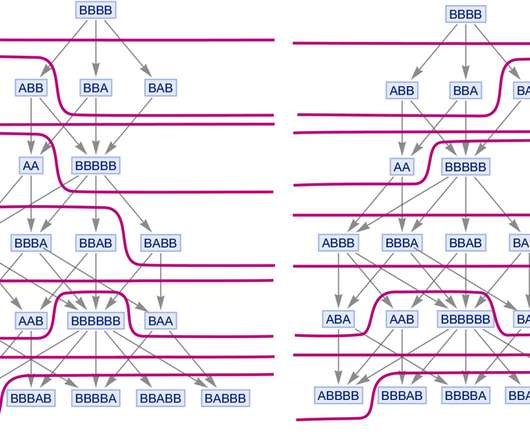
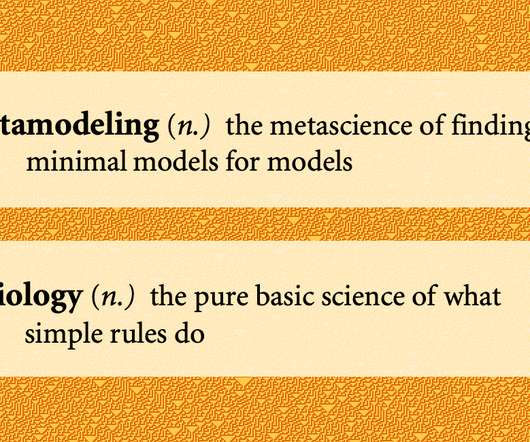
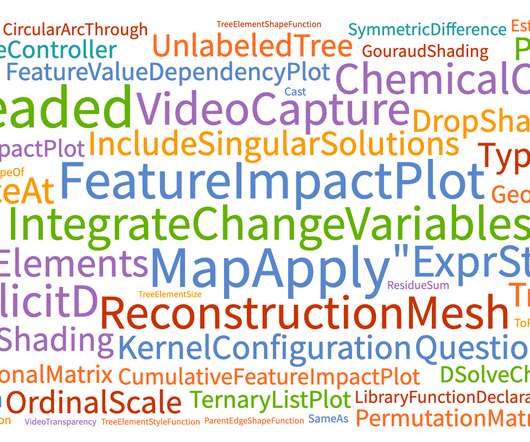









Let's personalize your content